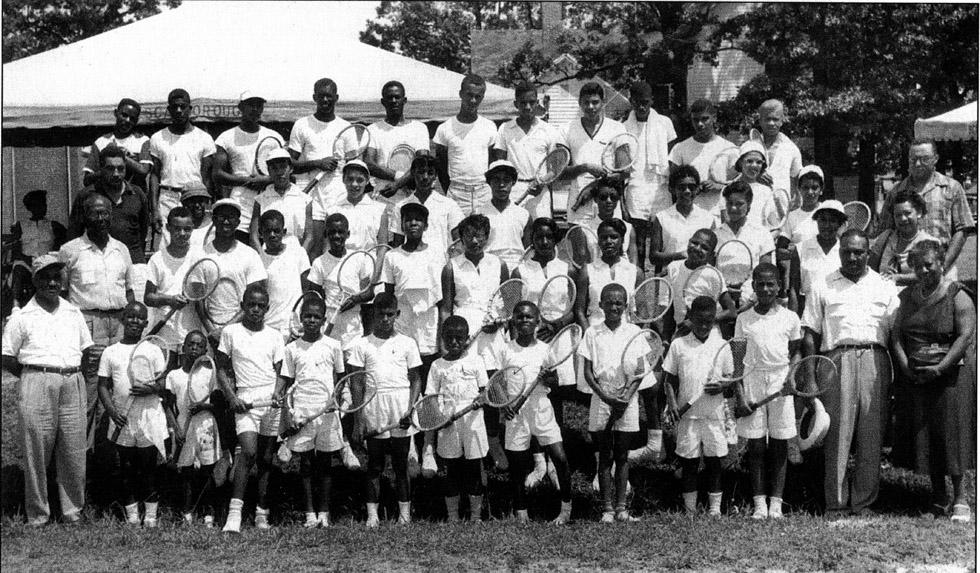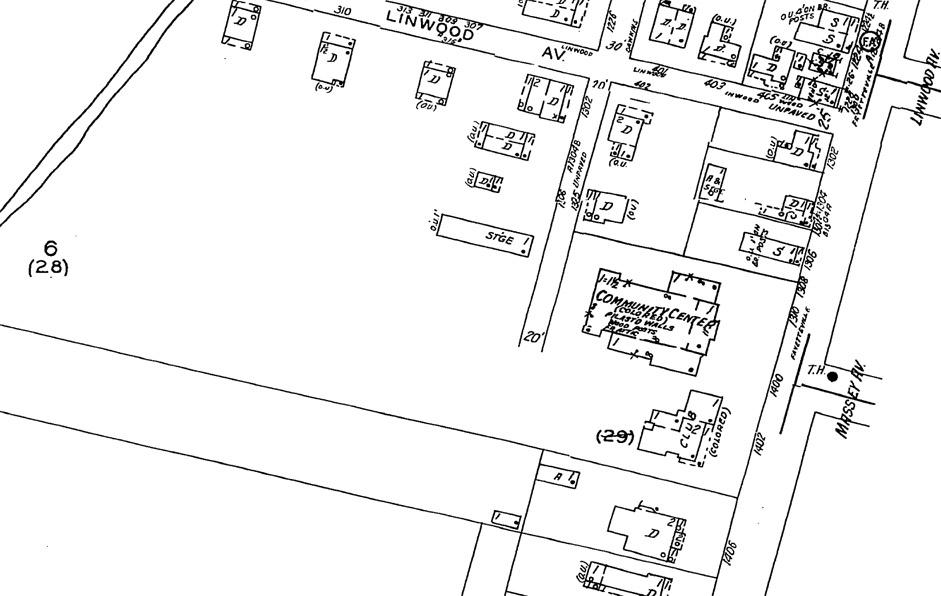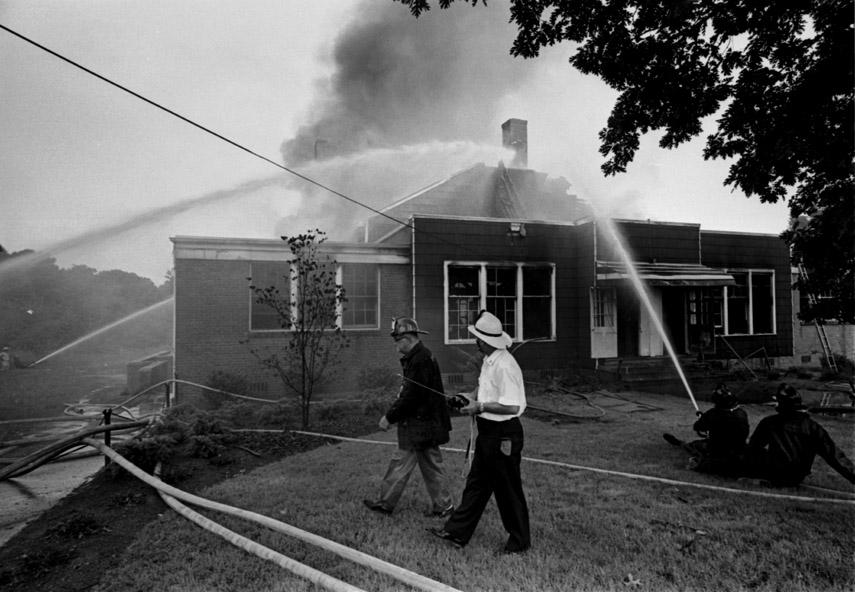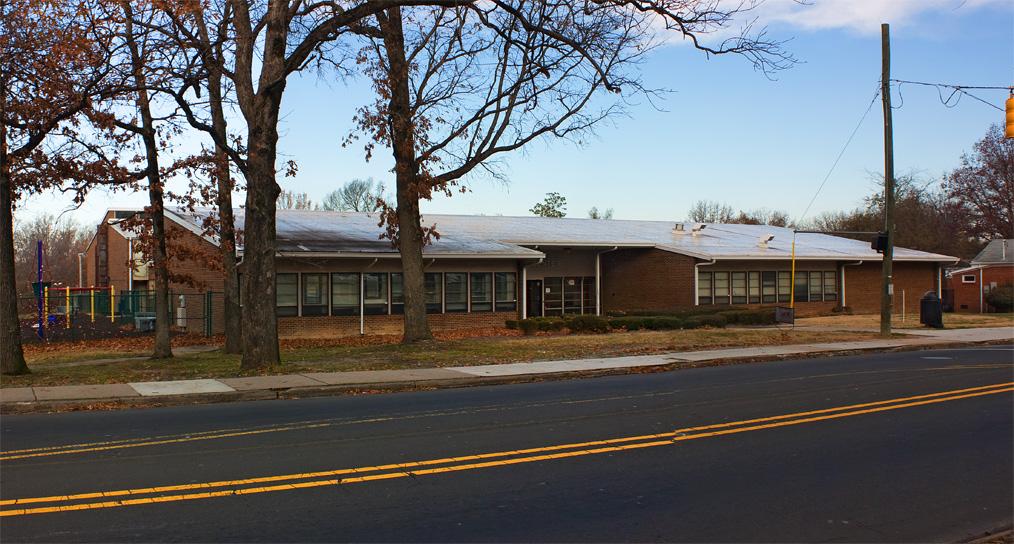Support OpenDurham.org
Preserve Durham's History with a Donation to Open Durham Today!
OpenDurham.org is dedicated to preserving and sharing the rich history of our community. Run by our parent nonprofit, Preservation Durham, the site requires routine maintenance and upgrades. We do not ask for support often (and you can check the box to "hide this message" in the future), but today, we're asking you to chip in with a donation toward annual maintenance of the site. Your support allows us to maintain this valuable resource, expand our archives, and keep the history of Durham accessible to everyone.
Every contribution, big or small, makes a difference and makes you a member of Preservation Durham. Help us keep Durham's history alive for future generations.





Comments
Submitted by Andrew Edmonds. (not verified) on Fri, 2/10/2012 - 3:03pm
The 1934 city directory (but not the 1932) lists the Algonquin at 1400 Fayetteville Street - so you were right on the mark, Gary. I saw the Algonquin mentioned in a Herald-Sun piece by Preservation Durham's April Johnson this week. http://www.heraldsun.com/view/full_story/17388888/article-Preserving-hi…
Submitted by Edward Toole (not verified) on Thu, 3/20/2014 - 12:29pm
I remember playing in the tournaments on the tennis courts at the Algonquin club as did my sisters and brother. Arthur Ashe would come down from Richmond with Dr. Johnson, with whom he lived, as well as kids from Texas whose names escape me at this time.
Add new comment
Log in or register to post comments.